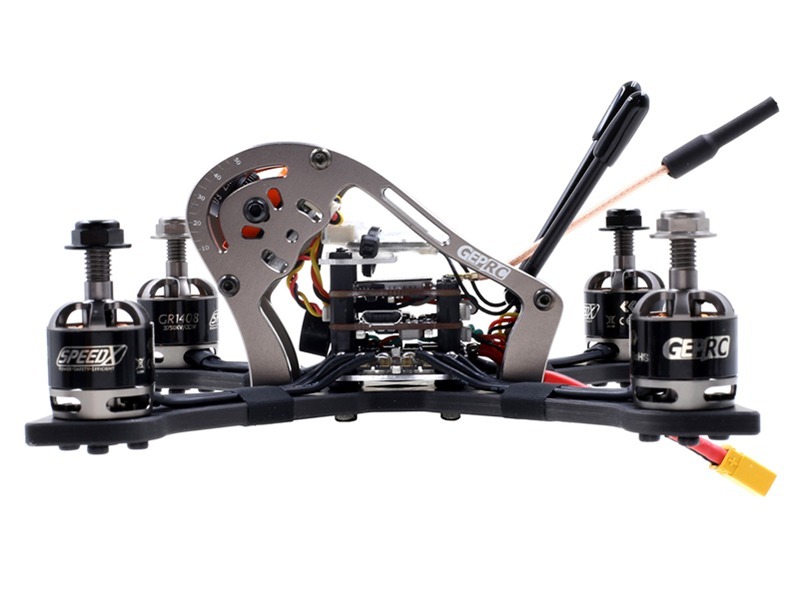What if I fly my drone too high?

If you fly your drone too high, you could be putting yourself and others at risk. Depending on the altitude, you could be violating airspace regulations, which could result in fines or even criminal charges. You could also be putting your drone at risk of crashing due to wind shear or other weather conditions.
The Federal Aviation Administration (FAA) has set regulations for drone flight, and these regulations vary depending on the type of drone and the airspace you are flying in. Generally, the FAA requires that drones remain below 400 feet in altitude. This is to ensure that drones do not interfere with manned aircraft operations.
In addition to FAA regulations, there are also local laws and ordinances that may restrict drone flight. For example, some cities and states have laws that prohibit drones from flying over certain areas, such as schools, hospitals, and government buildings. It is important to check with your local government to make sure you are in compliance with all applicable laws and regulations.
If you are flying your drone in a populated area, it is important to be aware of your surroundings. You should always be aware of other aircraft in the area and avoid flying too close to them. You should also be aware of any obstacles that may be in your path, such as power lines, trees, or buildings.
Finally, it is important to remember that drones are not toys. They are sophisticated pieces of technology that can cause serious damage if not operated properly. If you are flying your drone too high, you could be putting yourself and others at risk. It is important to always fly responsibly and within the regulations set by the FAA and your local government.
Comments / Question
1. Collision with other aircraft: At high altitudes, the risk of a mid-air collision with other aircraft is much higher. This could cause significant damage to both aircraft and endanger the lives of those on board.
2. Interference with air traffic control systems: Flying too high could interfere with air traffic control systems, resulting in delays or even accidents.
3. Violation of airspace regulations: Flying a drone too high could result in a violation of airspace regulations and could lead to legal action.
2. Airspace violations: Flying too high can result in airspace violations, which can lead to fines or even criminal charges.
3. Interference with other aircraft: Flying too high can interfere with other aircraft, which can be dangerous for both the drone and the aircraft.
4. Damage to the drone: Flying too high can cause the drone to overheat or suffer other damage due to the extreme temperatures and air pressure at higher altitudes.

